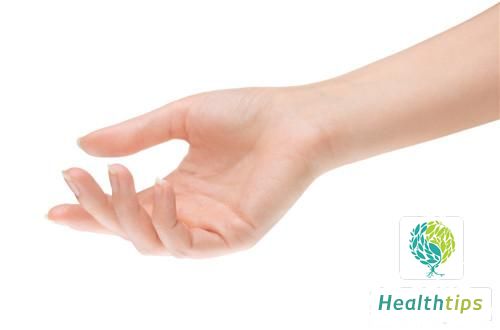Commonly caused by cold, trauma, excessive activities, and other reasons, it leads to aseptic inflammation, such as tenosynovitis, which may cause local swelling, making the fingers appear thicker. It may also be osteoarthritis caused by aging, with local bone hyperplasia, resulting in thicker fingers. In the acute phase of rheumatoid arthritis or in patients with a long-term history, fingers may appear thicker. The reasons for thicker fingers are generally as follows:
 1. Thicker fingers usually refer to the situation where the patient's fingers are frequently bruised or repeatedly strained, which can lead to ligament hyperplasia and joint hyperplasia, causing a single finger or one side of the fingers to become thicker. Sometimes, there may also be symptoms of limited finger joint movement, including pain and discomfort.
2. Finger thickening can also occur in patients with rheumatoid arthritis, which affects the joints in the distal extremities of the limbs. It is usually manifested as bilateral symmetrical changes, and finger joint deformities may also occur. After exposure to cold stimuli, the joints may experience soreness and discomfort.
3. The parts of the fingers that are thicker are mainly concentrated in the fingertips, which also occur in patients with heart insufficiency or severe cardiopulmonary diseases. This is also known as clubbed fingers.
1. Thicker fingers usually refer to the situation where the patient's fingers are frequently bruised or repeatedly strained, which can lead to ligament hyperplasia and joint hyperplasia, causing a single finger or one side of the fingers to become thicker. Sometimes, there may also be symptoms of limited finger joint movement, including pain and discomfort.
2. Finger thickening can also occur in patients with rheumatoid arthritis, which affects the joints in the distal extremities of the limbs. It is usually manifested as bilateral symmetrical changes, and finger joint deformities may also occur. After exposure to cold stimuli, the joints may experience soreness and discomfort.
3. The parts of the fingers that are thicker are mainly concentrated in the fingertips, which also occur in patients with heart insufficiency or severe cardiopulmonary diseases. This is also known as clubbed fingers.




















